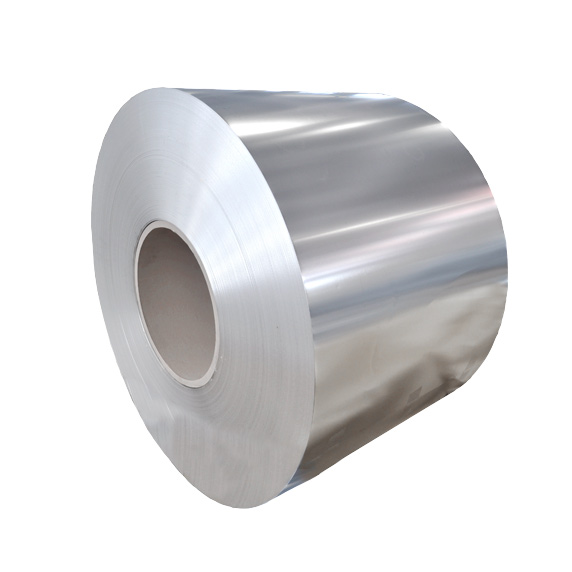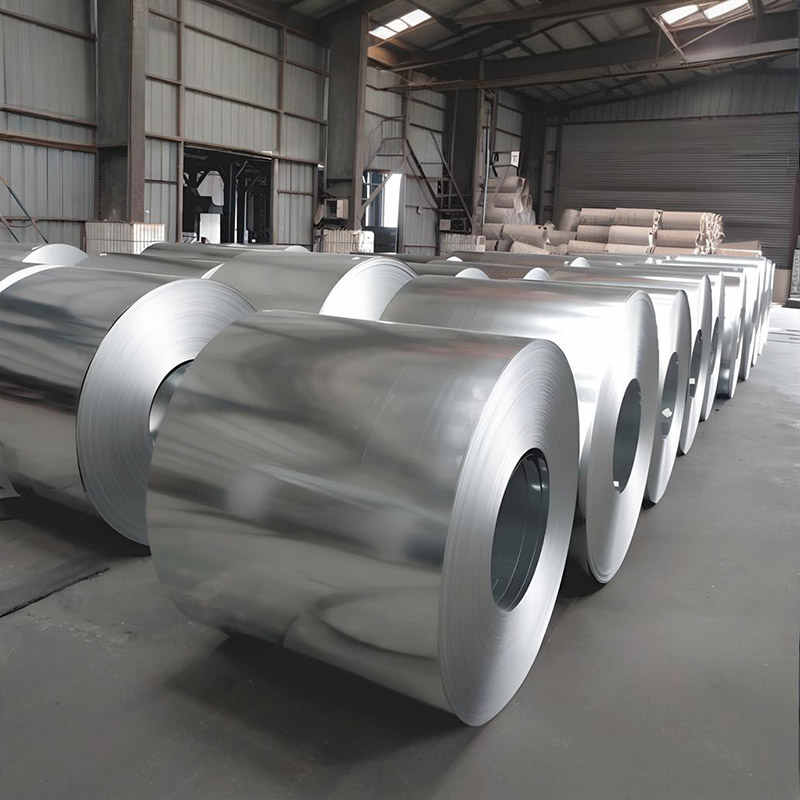What makes hot-dipped tinned strip the preferred material for corrosion resistance in various industrial applications? The answer lies in its unique manufacturing process and exceptional protective qualities. When exposed to harsh environments, metals often deteriorate rapidly, but hot-dipped tinned strip offers a reliable solution that has proven its worth over decades of use.
How does the hot-dipping process create such superior corrosion protection? During manufacturing, steel strip is thoroughly cleaned before being immersed in a molten tin bath at precisely controlled temperatures. This process creates a metallurgical bond between the steel and tin, forming a uniform, adherent coating that acts as a barrier against corrosive elements. Unlike other coating methods, hot-dipping ensures complete coverage, even in hard-to-reach areas, eliminating potential weak points where corrosion could initiate.
Why should engineers and manufacturers choose hot-dipped tinned strip over alternative corrosion-resistant materials? The answer combines multiple advantages. First, tin provides excellent protection against atmospheric corrosion, moisture, and many chemicals. Second, the coating’s self-healing properties mean minor scratches don’t compromise overall protection. Third, hot-dipped tinned strip maintains its protective qualities even at elevated temperatures, making it suitable for diverse applications.
Where can we find this remarkable material in action? Hot-dipped tinned strip is extensively used in food processing equipment, electrical components, automotive parts, and construction materials. Its non-toxic nature makes it particularly valuable for food contact surfaces, while its conductivity benefits electrical applications. The material’s versatility extends to roofing, gutter systems, and HVAC components where long-term durability is essential.
How does hot-dipped tinned strip perform in real-world conditions? Industry feedback consistently highlights its exceptional lifespan, often exceeding 20 years even in coastal or highly industrialized environments. One maintenance supervisor shared, “We installed hot-dipped tinned strip components in our coastal facility fifteen years ago, and they show minimal signs of degradation compared to other materials that required replacement within five years.”
What factors should be considered when selecting hot-dipped tinned strip for specific applications? Key considerations include coating thickness, substrate quality, and the intended environment. For maximum corrosion resistance, a coating thickness of 5-15 microns is typically recommended, though heavier coatings may be necessary for extreme conditions.
In conclusion, hot-dipped tinned strip stands as the top choice for corrosion resistance due to its manufacturing excellence, protective performance, versatility, and proven track record. As industries continue to demand materials that offer both reliability and cost-effectiveness, hot-dipped tinned strip remains a time-tested solution that meets these challenges head-on.



